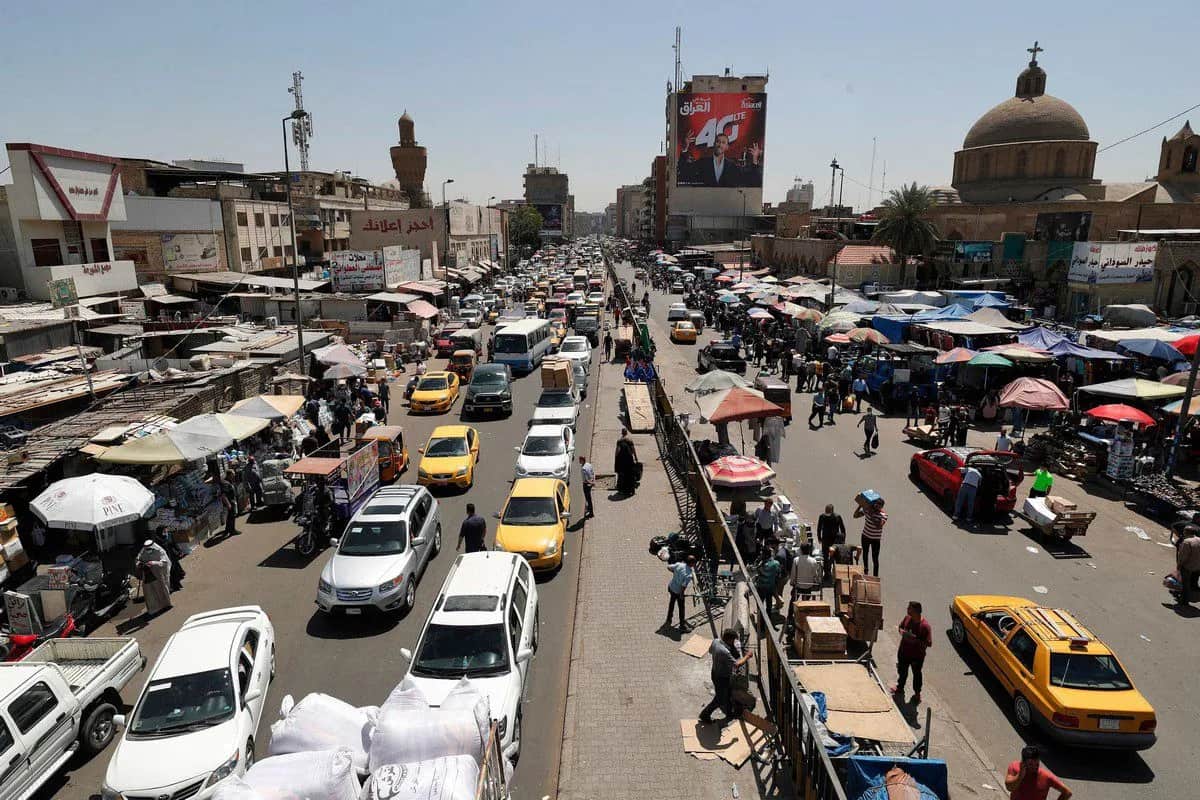Baghdad, Iraq— An advisor to Iraq’s Prime Minister said the country has effective price monetary policy tools to manage public funds.
Mudher Muhammed Salih, the advisor to the Prime Minister for Financial Affairs, emphasized the effectiveness of quantitative and price monetary policy tools in managing public funds and discussed factors contributing to stabilizing the purchasing power of the Iraqi dinar.
Addressing concerns about the control of local funds generated through government spending, particularly in the federal general budget of 2023, Salih stated that the budget’s financing methods primarily involve Iraqi dinars in exchange for foreign currency, mostly derived from oil revenues.
These oil revenues form the reserves of the Central Bank of Iraq, enabling interventions in the money market to manage and control local fund levels in response to their fluctuations.
Salih stated, “Some individuals believe it is impossible to control the levels of local funds generated by government spending. However, monetary policy possesses the necessary tools to intervene and stabilize the dinar’s liquidity when it increases, ensuring the growing demand for foreign exchange can be met.”
He further emphasized the strength of monetary policy and foreign reserves, which currently stand at their highest level in the country’s financial history.
These reserves serve as a crucial instrument in managing the quantity and price of funds generated predominantly by government spending.
Highlighting the coordination and integration between monetary policy, economic policy, and financial policy, Salih noted their collective impact on establishing rules for price stability and building an efficient commodity supply.
This strategic alignment aims to achieve the Central Bank’s objectives in stabilizing the purchasing power of the Iraqi dinar, in accordance with Decree Law No. 56 of 2004.
Salih addressed the existence of pessimistic extremist viewpoints that occasionally emerge but are not commensurate with the strength and effectiveness of monetary and price policy tools.
He reassured that there are ample opportunities for government policies, as a whole, to effectively address any shocks that may arise in the management of public funds.
The coordination and integration between various economic and financial policies, alongside the robust monetary and price policy tools, provide a solid foundation for managing public funds and maintaining the stability of the Iraqi dinar’s purchasing power.

